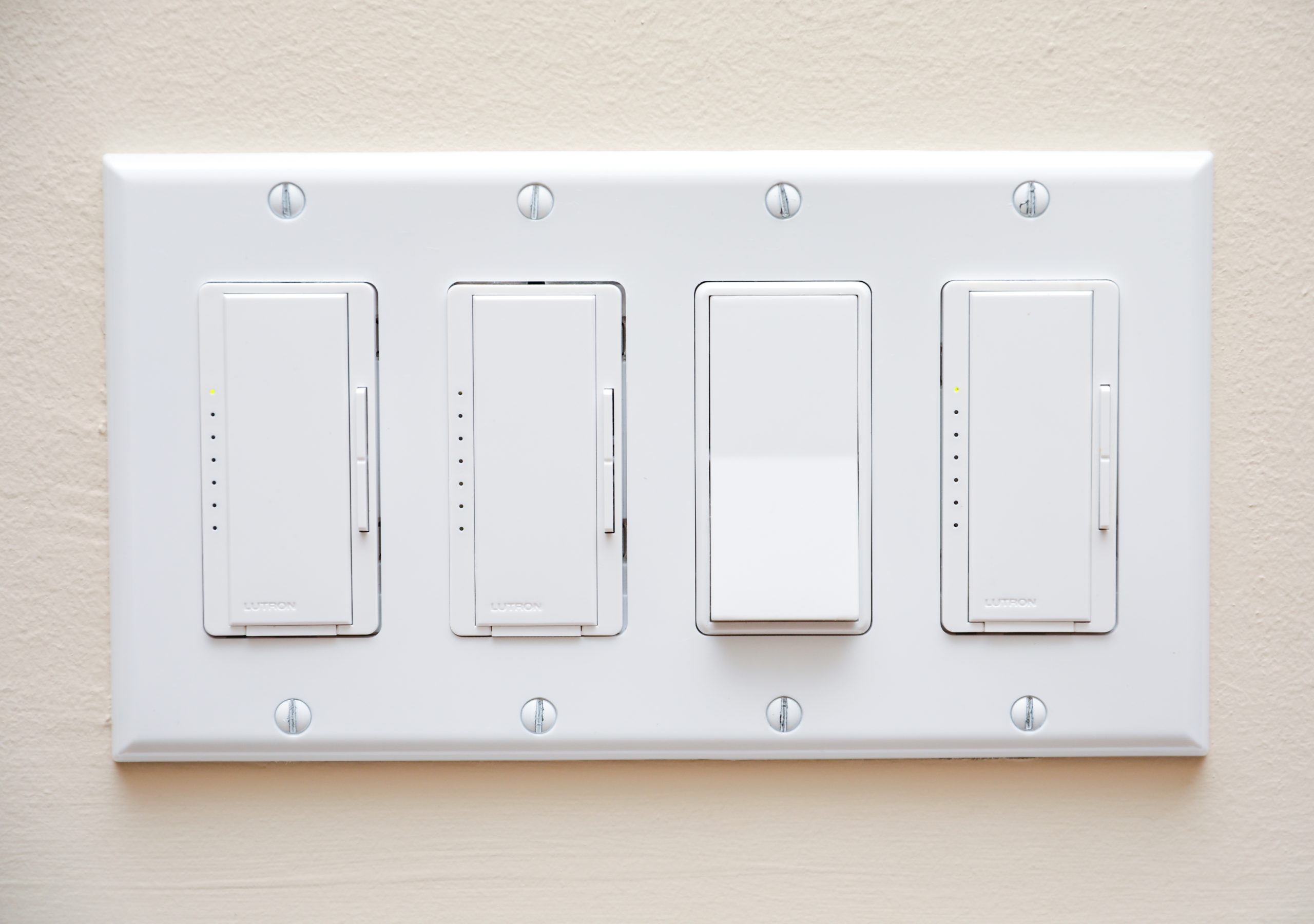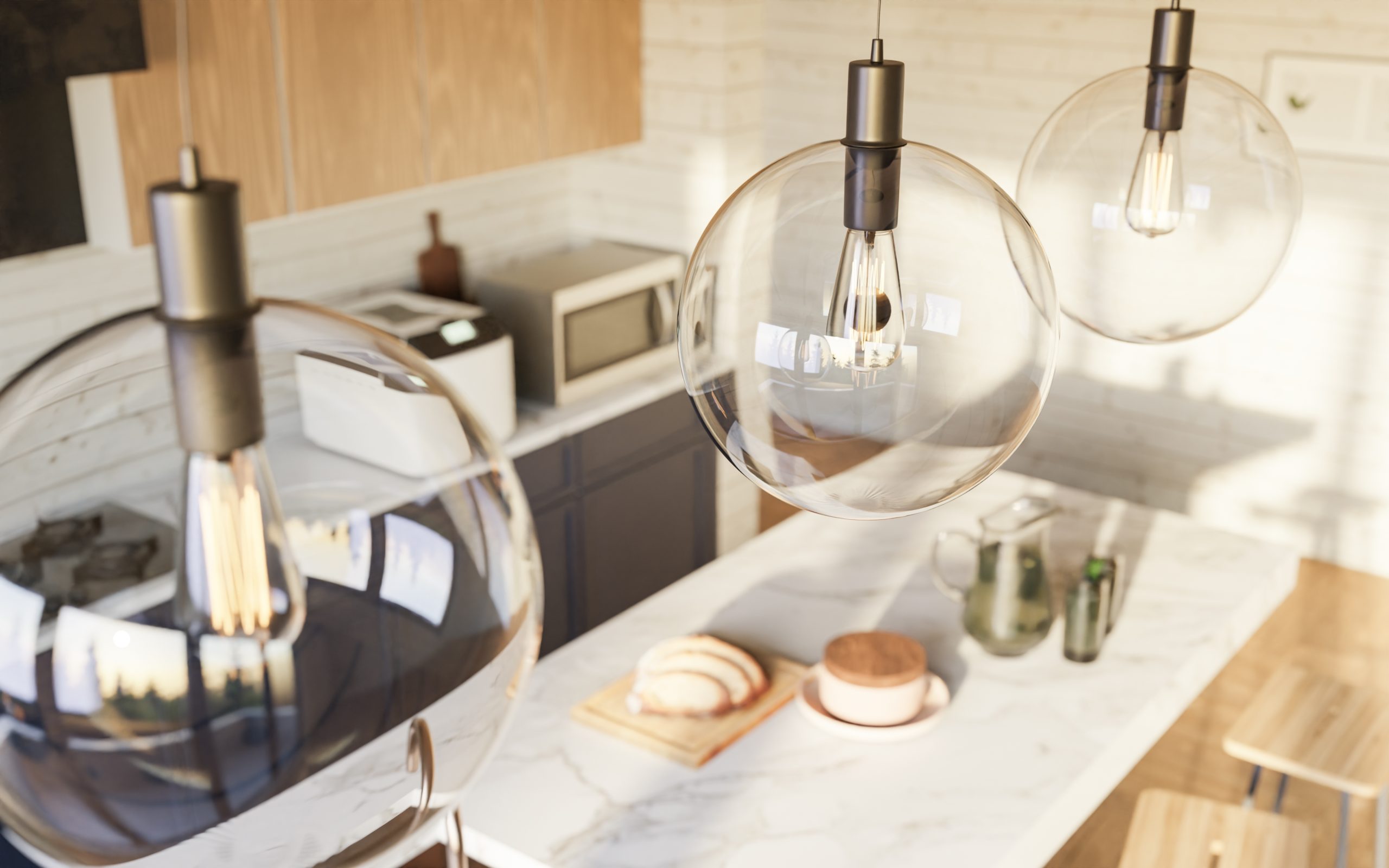Lighting has become a necessity over the years, and the demand for power for lighting has also significantly increased. This has led to researching and discovering new ways to minimize the power consumed by lights. One such discovery is the dimming LED lights, which reduced power usage considerably, and this has led to its worldwide usage by everyone interested in using less power.
Table Of Content
Although LED lights have an advantage over other traditional lights usage, the introduction of commercial dimmers can perform more power reduction without interfering with the quality of light used.

What is a LED dimming switch?
A dimmer switch is a switch that allows you to control the amount of light produced by a light bulb without the need for complex wiring. They are used in a room to make it have a more dramatic effect to match your mood and the atmosphere, or even to beautify it.
Does using a dimmer cut down energy usage?
The idea of light dimming LED lights is not new as light dimmers have been around for a long time. The first light dimmers reduced light brightness by feeding the bulb less electricity and converting the remaining power into heat, which is not needed in some cases. This method gets the work done but does not reduce water consumption.
Due to engineering improvements and technological advancements, modern light dimmers can reduce the energy used by your bulbs without wasting power. They use a TRIAC switch (although there are several variations) that cut the power supply on and off a couple of hundreds of times per second.
While modern light dimmers usage is known to perform mood lighting, which has a dramatic effect on the room, they also come in handy when you are trying to cut down power usage costs.
LED dimmers and how they operate to cut down power usage costs.
LED lights are incredibly efficient and not dimmed by an increase or decrease in voltage (as used by other modern light dimmers). They perform the dimming effect in two ways;
Pulse width modulation (PWM) and analog dimming.
In the case of PVM, LED lights are programmed to split into on-and-off cycles, which operate in milliseconds or a thousand a second, so you can never be aware that they are turning on and off. For an LED light that is on 10% brightness, the light is “on” 20% of the cycle and off 80% of the cycle. For an LED light on 50% brightness, the light is actually “on” 50% of the time and “off” the other 50%. Put, the longer the “on” periods, the shorter the “off” periods, hence the brighter the LED lights look and vice versa.
You must be wondering why the light does not look as if it is blinking, but the eye cannot assimilate high pulses of light. As the frequency of modern PWM LED lights ranges from a few hundred to several hundreds of thousands of pulses per second, it is not noticeable by the human eye.
For analog dimming, the process is more straightforward. The analog dimming controls supply the currents being fed into the dimming LED lights. The amount of current supplied by the powers varies directly with the brightness of the light (a low current produces a low light output and vice versa).
Although analog dimming is simple to implement, it does not necessarily offer the best performance. This is because it can turn out an inconsistent color (particularly noticeable when lights of different colors are brought together to produce white light) as a result of lower drive currents to produce a low-quality white light.
Are all LED lights dimmable?
Not all LED lights are dimmable. For an LED light to be dimmable, it must contain dimmable LEDs feature technology. The addition of this technology also increases the cost of production, so dimmable LED lights are more costly as compared to non-dimmable counterparts. The price also increases with the addition of other features like motion detectors.
Benefits of using LED light dimming switch
It prolongs the life span of your LED lights – this is because LED lights using dimmers run at a lower voltage and hence more stress on the lights. Since there is little stress on the lights, they shine for a longer period. So you don’t have to buy replacements regularly and therefore save more money.
It consumes less energy – using dimming LED Lights dimmers help reduce the power consumed by LED lights, and this cuts cost on energy bills.
It beautifies the home – with LED light dimmers, you can alter the light intensity in your home. Different lighting can change the atmosphere and feel of a room without the moving of furniture or redecorating the bedroom.
Is it better to dim or not to dim?
Everyone has different situations, your facility may not be suited for dimmable LED lights, or your job may require the use of undimmed lights.
Typically, if you need to keep your lights down low 24/7, you might opt for low wattage lights as they use lower energy at full power as compared to dimmed LED lights.
Dimmable LED lights can come in handy in some cases like:
When you require the usage of lights to suit your mood or need for light
It can also be used to set up a romantic meal or movie night
It is used to highlight specific decorative items, such as sculptures or artworks. You can do this by setting the lights at a different brightness from the rest of the room.
Conclusion
Dimming your LED lights decrease energy usage, increases the longevity of your LED lights and improves your home décor. So if you want to add another dimension to your home’s lighting with a decrease in energy consumption, don’t be afraid to get dimmers. They can even help improve the quality of your life.














